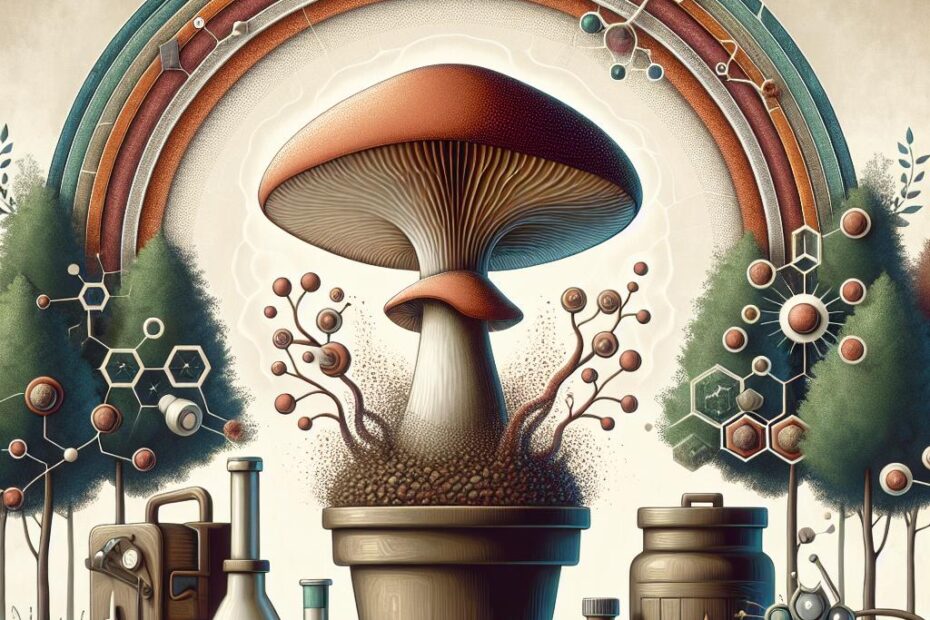Title: Is Mushroom Compost Good for Your Garden? A Comprehensive Guide
Introduction:
Mushroom compost, also known as mushroom soil or mushroom manure, is a popular organic soil amendment used by gardeners to improve soil fertility and overall plant growth. But is mushroom compost really good for your garden? In this article, we will explore the benefits of using mushroom compost, practical tips for using it effectively, and share some first-hand experiences and case studies to help you make an informed decision.
Benefits of Mushroom Compost:
- Rich in Nutrients: Mushroom compost is made from a blend of organic materials such as straw, peat moss, and poultry litter, which are used as a growing medium for mushrooms. As a result, mushroom compost is rich in nutrients like nitrogen, phosphorus, and potassium, essential for plant growth.
- Improves Soil Structure: The organic matter in mushroom compost helps to improve soil structure, making it more fertile, well-draining, and aerated. This, in turn, promotes strong root development and healthier plants.
- Enhances Water Retention: Mushroom compost has excellent water retention properties, which can help reduce the frequency of watering and prevent soil erosion.
- Suppresses Weeds: The high temperatures reached during the composting process can kill weed seeds, making mushroom compost an effective weed suppressor.
- Environmentally Friendly: Mushroom compost is a sustainable and environmentally friendly option, as it recycles agricultural waste and reduces the need for synthetic fertilizers.
Practical Tips for Using Mushroom Compost:
- Mixing Ratio: When adding mushroom compost to your garden, it is recommended to mix it with existing soil in a 1:1 ratio to avoid overpowering the plants with excess nutrients.
- Application: Spread a layer of mushroom compost 2-3 inches thick over the soil surface and gently incorporate it into the top few inches of soil. Avoid burying plant roots too deeply in compost.
- Timing: It is best to apply mushroom compost in the spring or fall to give plants time to benefit from the nutrients before the growing season.
- Storage: Store mushroom compost in a cool, dry place to prevent it from drying out or losing nutrients. Consider covering it with a tarp to protect it from the elements.
Case Studies and First-Hand Experiences:
- Tomato Plants: A gardener shared his experience of using mushroom compost on his tomato plants, noting a significant increase in fruit yield and overall plant health compared to plants grown without mushroom compost.
- Flower Beds: Another gardener reported that using mushroom compost in her flower beds resulted in vibrant blooms and improved soil quality, reducing the need for additional fertilizers.
Conclusion:
In conclusion, mushroom compost is indeed good for your garden, thanks to its nutrient-rich composition, soil-enhancing properties, and environmentally friendly nature. By following the practical tips outlined in this article and learning from the case studies shared, you can experience the benefits of using mushroom compost firsthand. So give your garden a natural boost with mushroom compost and watch your plants thrive!
